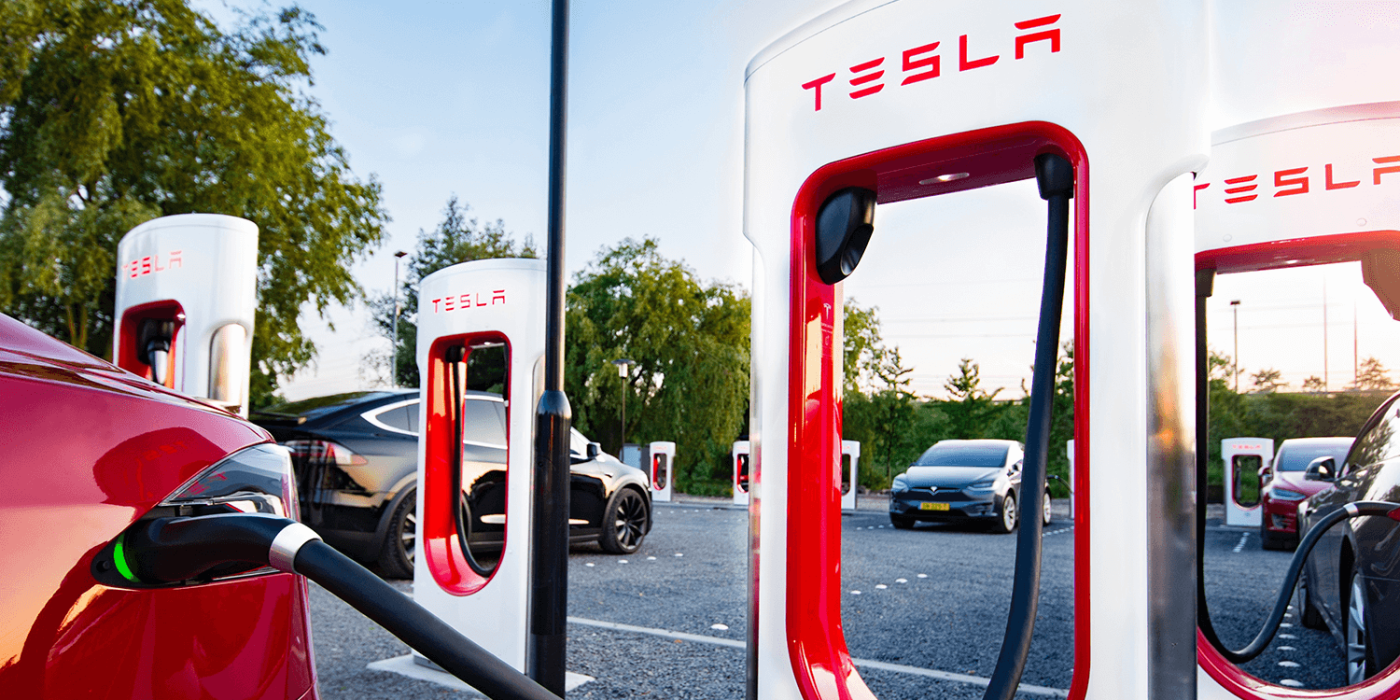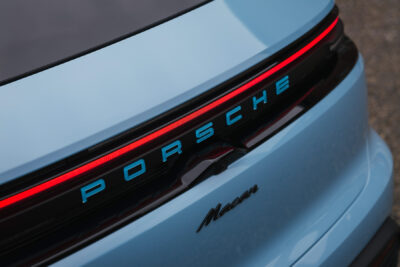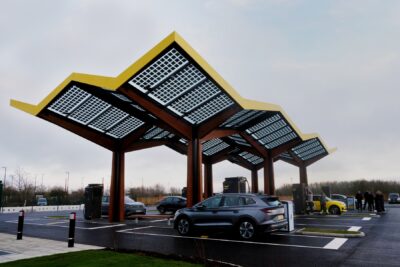Tesla warns against wet towel on Supercharger cable
The trick was shared on social media and mainly concerns the older V2 Superchargers. Some Tesla drivers noticed that the connectors became very hot when outside temperatures were high. As the charging power then also remained below the expected values, they concluded that the charging process was slowed down because the handle and, above all, the contacts in it were getting too hot.
There are sensors on the contacts that detect excessively high temperatures. The high charging currents heat up the connector and cable. Suppose the charging cable is already warm due to the outside temperatures; it takes less time to reach a critical temperature, at which point the system reduces the power (and thus further heating) to protect the components. The wet towel is intended to circumvent this.
The US portal InsideEVs had already reported on this trick at the beginning of May 2024. A few days ago, the official Tesla Charging account responded to the months-old post on social media – and warned against the trick:
Even if the older V2 Superchargers with their 150 kW have a lower charging capacity than the V3 and V4 generation charging stations, this is not to be taken lightly. Because at 150,000 watts, a 400-volt electric car has a calculated peak current of 375 amps; over the duration of a charging process, this is more than 300 amps for several minutes. Overriding the safety mechanisms is not safe – and to be honest, utterly unnecessary.





1 Comment